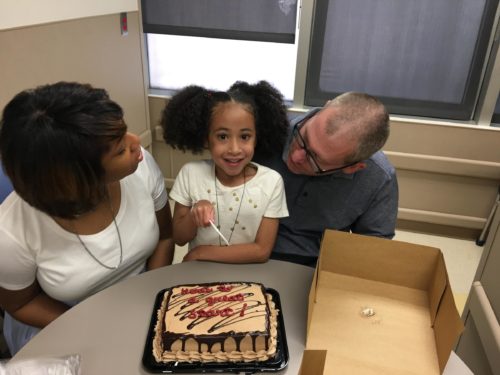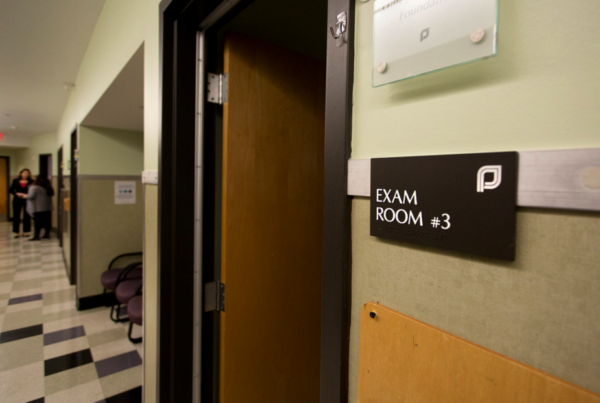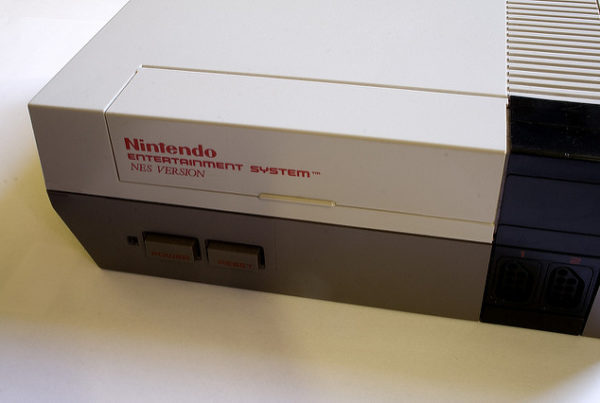From KERA News:
If you want to see where the future of children’s health is headed, you’ll have to look inside Riley Kinman’s stomach.
Riley, who is 5 years old, is about to swallow a tiny white pill with an embedded sensor, roughly the size of a grain of sand. When it reaches her stomach, it will send a signal to a patch she’s wearing on her skin, and from wherever she is – school, home, a tea party – it will alert her parents and doctors that she’s taken her hypertension medication. She had a kidney transplant earlier this year and has to stay on top of various pills.
It’s the first time a children’s organization has adopted the new pill-based technology, created by Silicon Valley based company Proteus Digital Health.
Untraditional Partnerships
Children’s hospitals are searching for the best way to monitor patients and keep them out of the ER. Digital health startups are looking for patients to test their products.
Julie Hall-Barrow, senior director of healthcare innovation at Dallas Children’s Medical Center, says keeping kids healthy means finding partners outside of the hospital, in the home, in the school, and with faith-based organizations.
“I think if we weren’t looking at technology to help us do that, we’re never going to move much further,” Hall-Barrow says.
The fastest way to move is to connect with startups that already have health products and apps, like Proteus Digital Health, or another company calledGoNoodle. GoNoodle is a Nashville-based startup that makes online videos for teachers to keep kids active in school.
Children’s Health invested $5 million in this company, which will bring the “brain breaks” of jumping, dancing and mindfulness to 1,400 schools in Texas. They’ll also help Go Noodle tweak the product to be used in homes.
Go Home To Go Big
Children’s also wants to reach kids who aren’t feeling well at home. So it’s acquired controlling interest in a Dallas startup called Mend.
Mend is an Uber-like service where a caregiver comes to your home or office. Pete Perialas, with Children’s in Dallas, says on-demand health apps like Mend were struggling to please their customers – parents — without help from a larger network.
“These companies gave them convenience and an app, what we as an industry missed was they also wanted to extend the relationship with their network of caregivers,” Perialas says. “They don’t want it to be a one- off.”
So Children’s Medical Center brings parents the long-term patient-doctor relationship they want, and the startup brings the technology. So, they’re not really disrupting health care, but improving it.
Health care systems across the country are trying this model. They’re funneling money and resources into smaller outside companies.
Last year, Boston Children’s teamed up with startup accelerator Rock Health to advise companies for the pediatric market. Inova Health System in Virginia launched a $100 million venture fund to help startups get off the ground. And Kaiser Permanente’s venture group invested in StartUp Health.
Just a few years ago, it would have been almost impossible to get a meeting with some of these top health networks, says Unity Stoakes, president of StartUp Health, which invests in and coaches startups.
“Now you’re seeing some of the leading health care companies not only invest in, but start to commercialize and work with some of these young emerging companies,” Stoakes says.
He says of course there are risks for hospitals in these relationships – especially around privacy and data. And, yes, startups can fail.
There are also risks though for young, growing companies in working with established healthcare systems. Think red tape.
“Wasting time, spending a lot of resources by not having an efficient process,” Stoakes says. “That’s why it’s important for these startups to know which organizations are entrepreneur friendly.”
In the dating period, both sides are feeling each other out, trying to determine whether it’s possible to create a long-term relationship that’s also healthy.
















